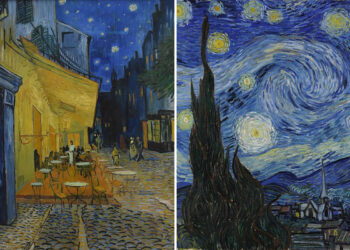Gianni Berengo Gardin, born in 1930 in Santa Margherita Ligure, Italy, stands as one of the most celebrated masters of 20th-century photography. With a career spanning over six decades, Berengo Gardin has chronicled the soul of Italy and beyond with a unique blend of empathy, honesty, and timeless composition. Deeply influenced by the tradition of humanist photography, his black and white images reflect the social fabric of his country—workers, children, rural life, urban chaos, and silent moments—all captured with deep respect and visual poetry.
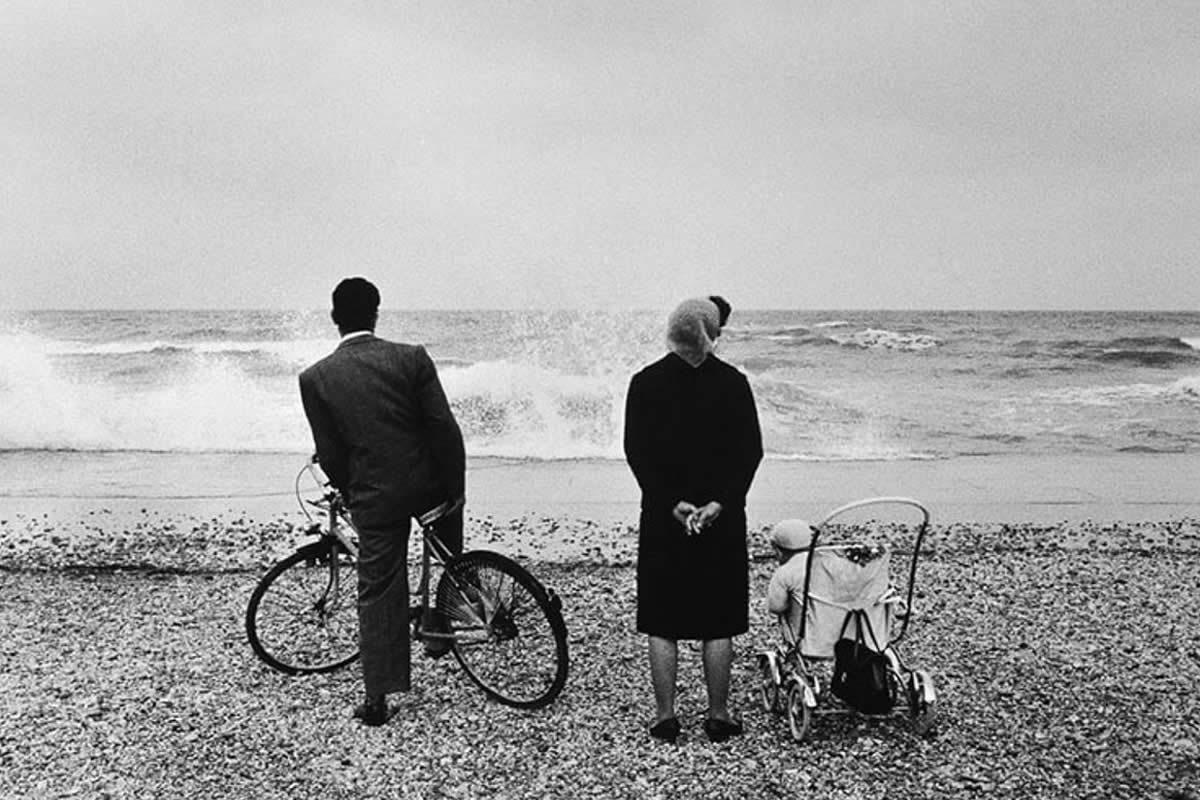
© Gianni Berengo Gardin
Though he began studying architecture, Berengo Gardin’s passion for photography quickly took over. He became a photojournalist in the 1950s and never looked back. His work has been published in countless books and magazines, and he has collaborated with institutions like Olivetti, Renzo Piano, and Fondo Ambiente Italiano. What sets him apart is his quiet resistance to photographic trends; he has always remained faithful to analog photography and black and white film, insisting that it best expresses reality without distraction.
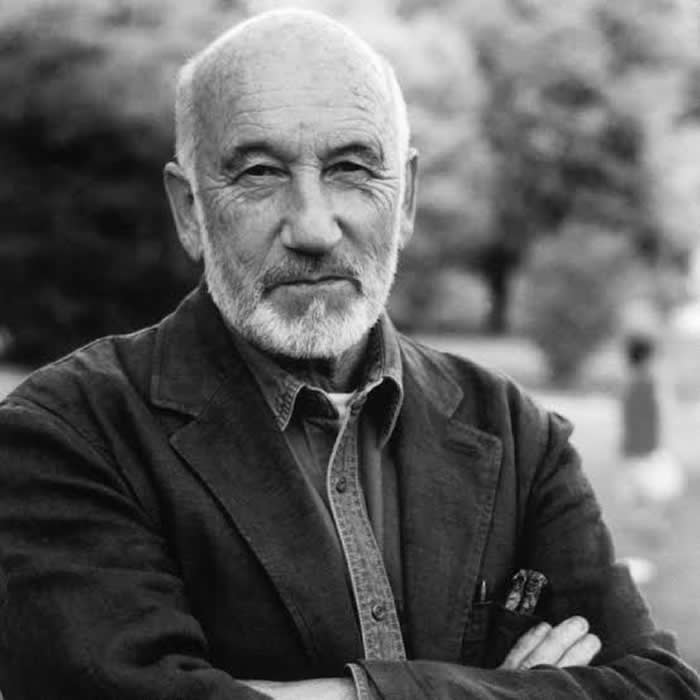
Berengo Gardin’s greatness lies not in spectacle, but in subtlety. His ability to reveal beauty and depth in everyday life makes his images not only visually striking but emotionally enduring. He doesn’t impose meaning on his subjects—he listens to them. Whether photographing a Venetian canal, a psychiatric hospital, or a wedding in Palermo, his lens always seeks truth. Through a life dedicated to seeing, Gianni Berengo Gardin has become not just a photographer—but a visual historian of modern Italy.
More info about Gianni Berengo Gardin:
#1

© Gianni Berengo Gardin
#2

© Gianni Berengo Gardin
#3
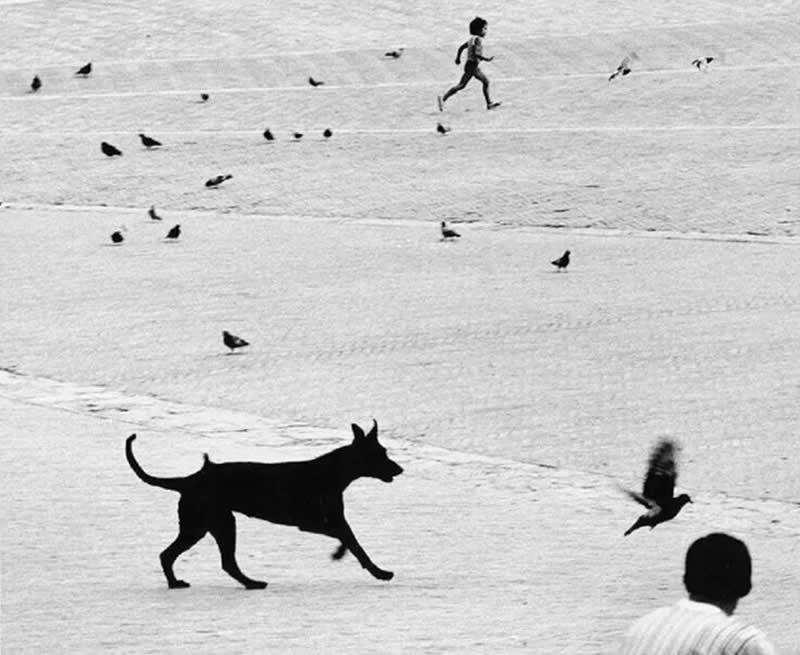
© Gianni Berengo Gardin
A Journey from Architecture to Photography
Though initially trained in architecture, Berengo Gardin quickly discovered that photography was his true calling. In postwar Italy, where cultural and social transformation was widespread, he found in photography a tool to record reality and engage with the world. By the 1950s, he had already established himself as a serious photojournalist, contributing to Italian and international publications.
His early influences included Henri Cartier-Bresson and the Magnum school, but he soon developed his own distinct style—less focused on the decisive moment, and more on atmosphere, context, and quiet observation. His architectural background subtly informed his photography, lending a structural awareness to his compositions and a sensitivity to space. This foundation gave his visual storytelling both clarity and emotional resonance.
#4
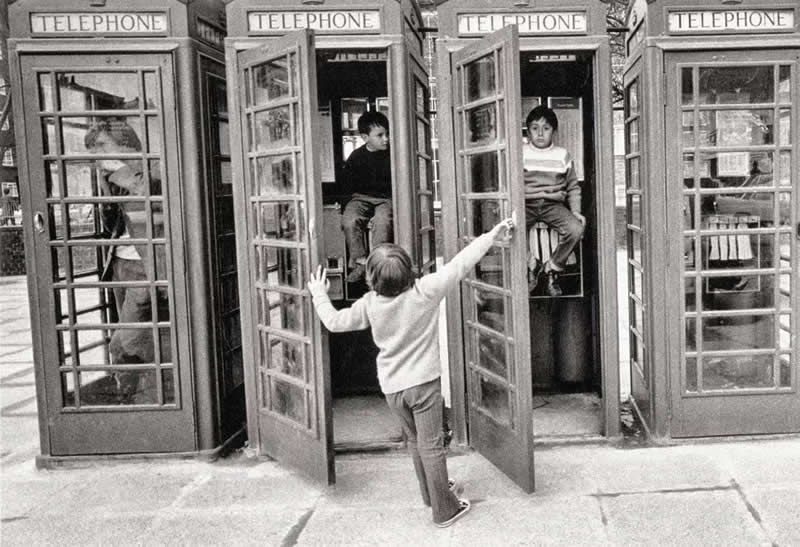
© Gianni Berengo Gardin
#5
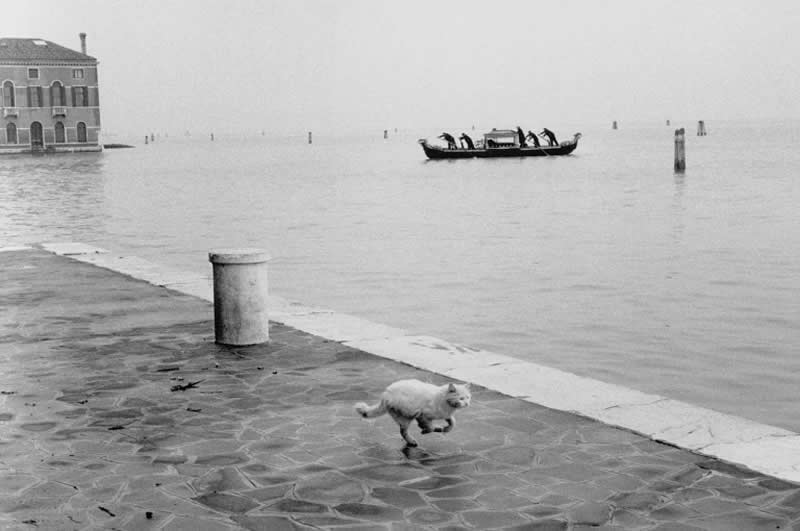
© Gianni Berengo Gardin
#6
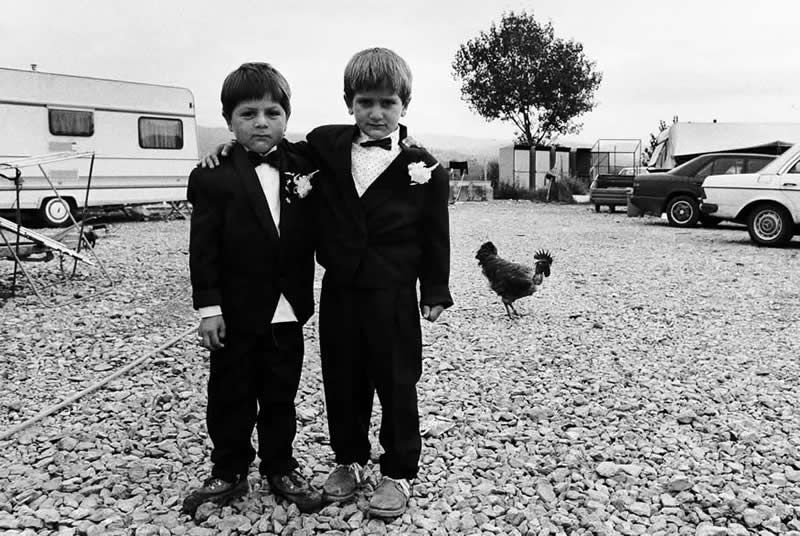
© Gianni Berengo Gardin
Humanism and the Everyday
One of Berengo Gardin’s greatest strengths is his humanist perspective. He approaches every subject—be it a street cleaner, a fisherman, or a child at play—with equal dignity and curiosity. His black and white images are rich with narrative, not because they are staged or dramatic, but because they are deeply felt and honestly seen.
He captures the everyday moments that define a culture and a time: people waiting at a station, workers assembling typewriters, a woman walking alone through fog. These moments may seem mundane, but through his lens, they become lyrical, timeless, and full of life. His photographs are testaments to the belief that truth resides not in grand spectacles, but in the quiet pulse of ordinary existence.
#7

© Gianni Berengo Gardin
#8
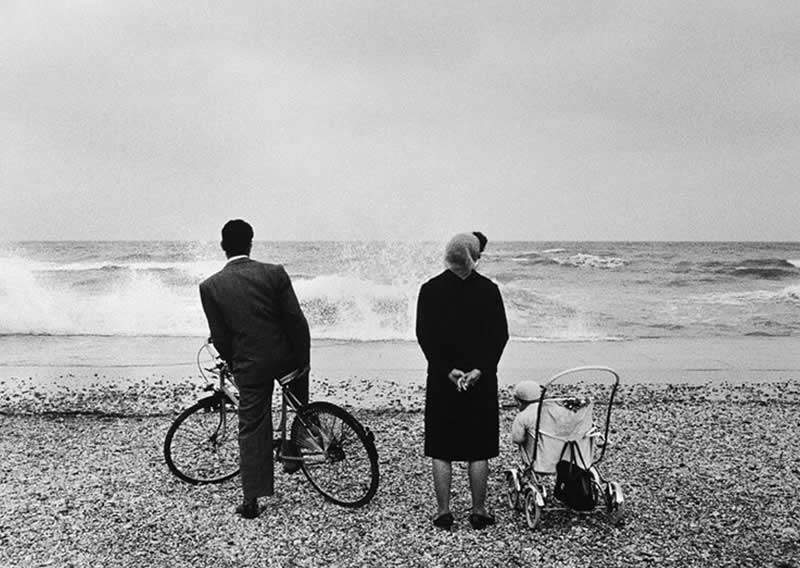
© Gianni Berengo Gardin
#9
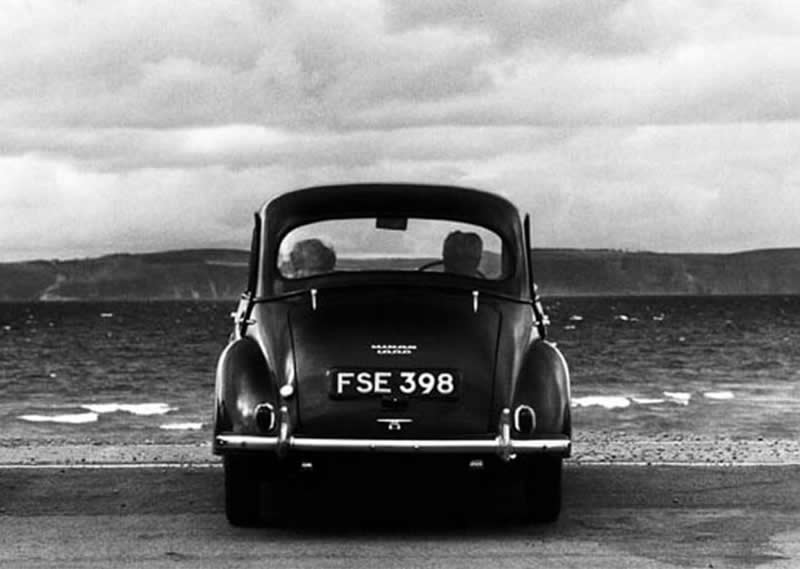
© Gianni Berengo Gardin
Venice: A Love Story and a Warning
Few photographers have captured Venice with the intimacy and insight of Gianni Berengo Gardin. As both a native and critic of the city, he has documented its beauty, its daily rhythms, and its slow degradation. While most portray Venice as a romantic tourist haven, Berengo Gardin offers a more nuanced view—one rooted in local life and ecological concern.
His images of gondoliers, foggy alleys, and Venetian workers speak to a vanishing world threatened by mass tourism and environmental collapse. In recent years, he has become an outspoken critic of cruise ships in Venice, using his photographs as visual protest. Through Venice, Berengo Gardin demonstrates that photography can serve both as an art form and as an act of cultural preservation.
#10
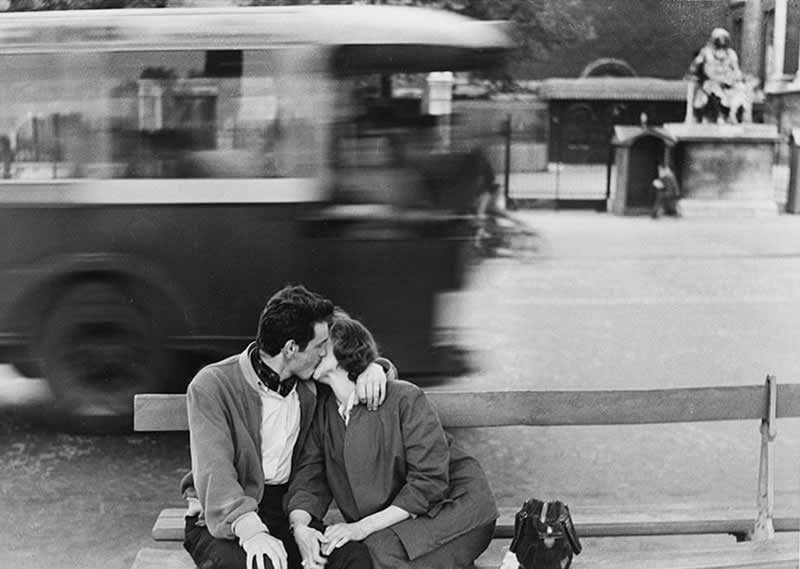
© Gianni Berengo Gardin
#11
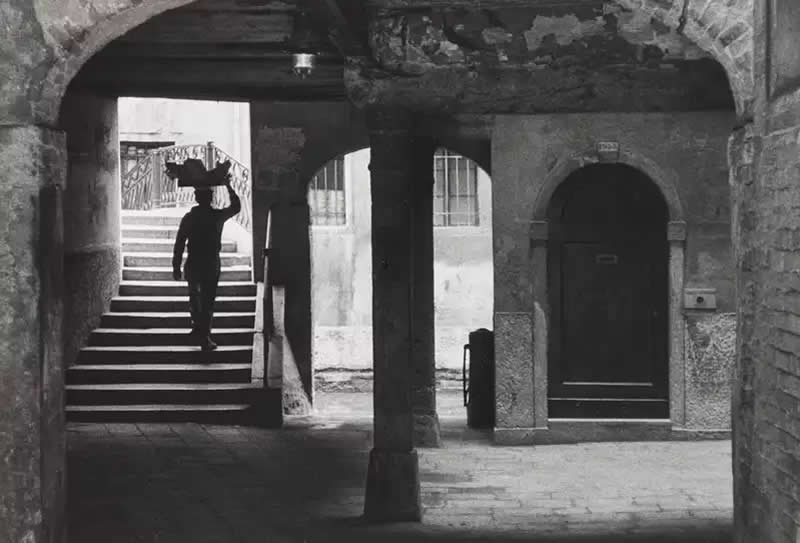
© Gianni Berengo Gardin
#12
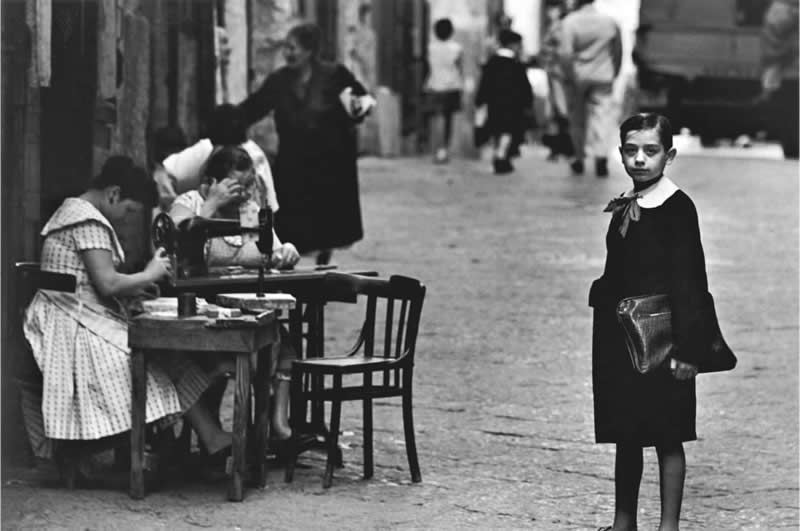
© Gianni Berengo Gardin
Social Reportage with Purpose
Berengo Gardin is not merely a chronicler of beauty—he is a documentarian with a mission. His work in psychiatric hospitals, Romani communities, and industrial towns stands as some of the most powerful social photography in modern Europe. His landmark project Morire di Classe (Dying of Class), in collaboration with Franco Basaglia, exposed the inhumane conditions in Italian mental asylums and helped spark a movement for mental health reform.
These images are stark, respectful, and emotionally raw—never exploitative. With each frame, he gave voice to the silenced and visibility to the marginalized. Through projects like these, Berengo Gardin showed that photography could change policy, raise awareness, and become an instrument of justice.
#13
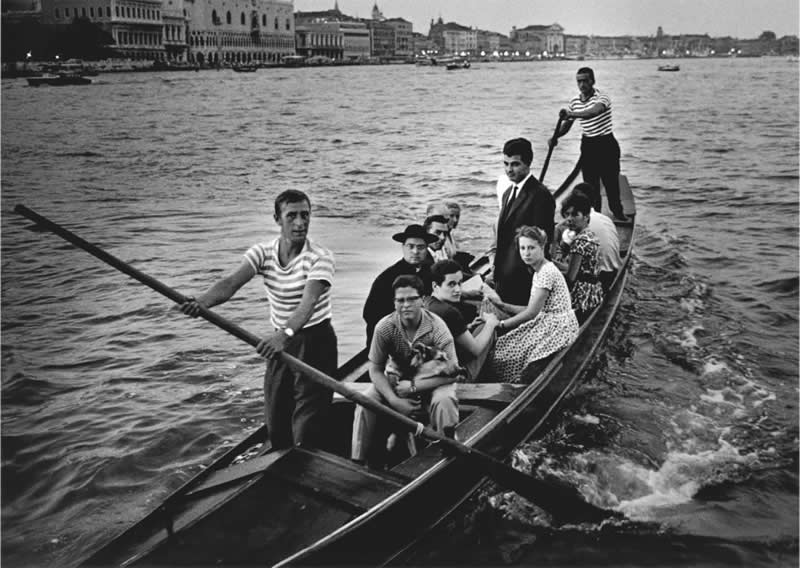
© Gianni Berengo Gardin
#14
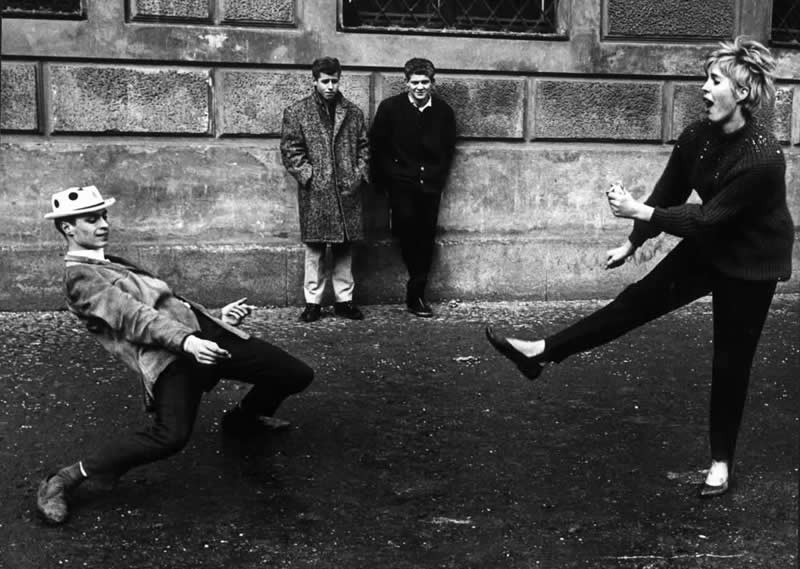
© Gianni Berengo Gardin
#15
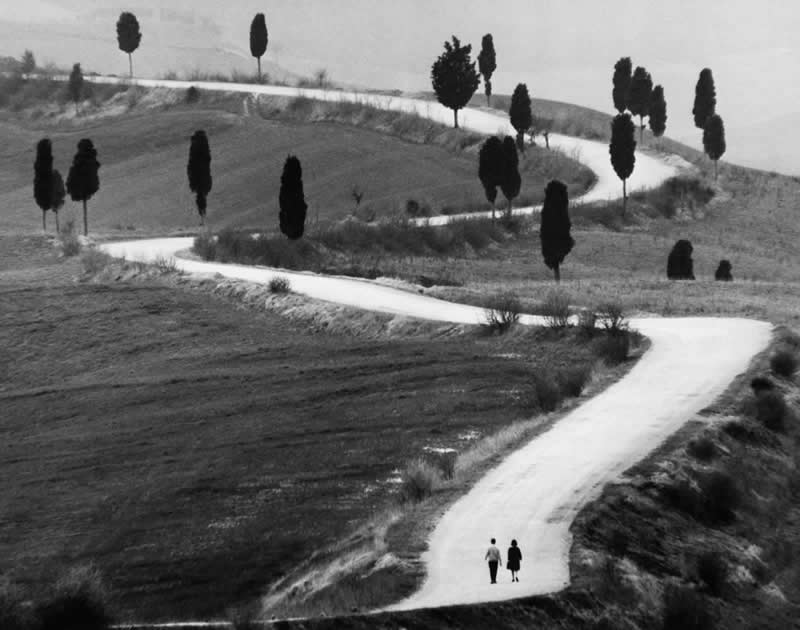
© Gianni Berengo Gardin
The Power of Black and White
For Gianni Berengo Gardin, black and white is not a stylistic choice—it’s a philosophical one. He has famously said that color can distract from content, while black and white allows the eye to focus on structure, emotion, and composition. This dedication to monochrome photography connects him to the great masters of photojournalism and emphasizes the timelessness of his work.
His mastery of light and shadow creates a subtle drama in every frame, whether it’s a misty lagoon, a bustling train station, or a quiet conversation between strangers. The absence of color forces the viewer to engage with the essence of the scene—its geometry, texture, and humanity. In a digital age, his commitment to analog black and white feels both radical and refreshing.
#16
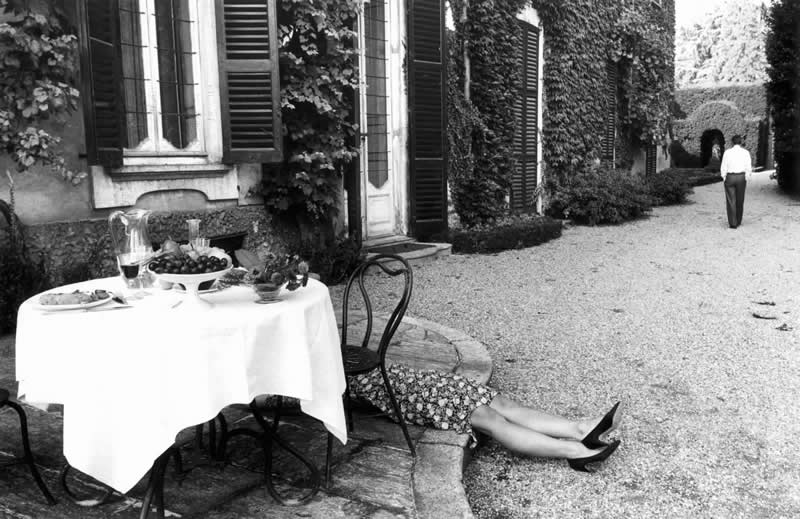
© Gianni Berengo Gardin
#17
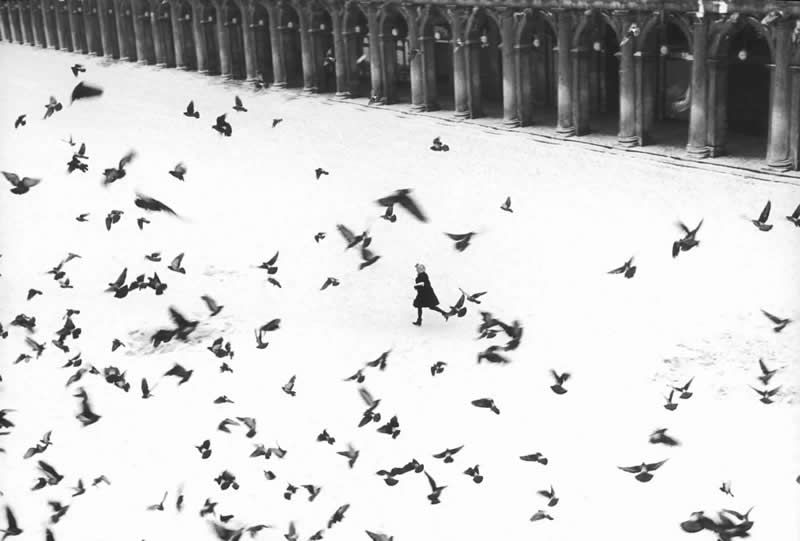
© Gianni Berengo Gardin
#18
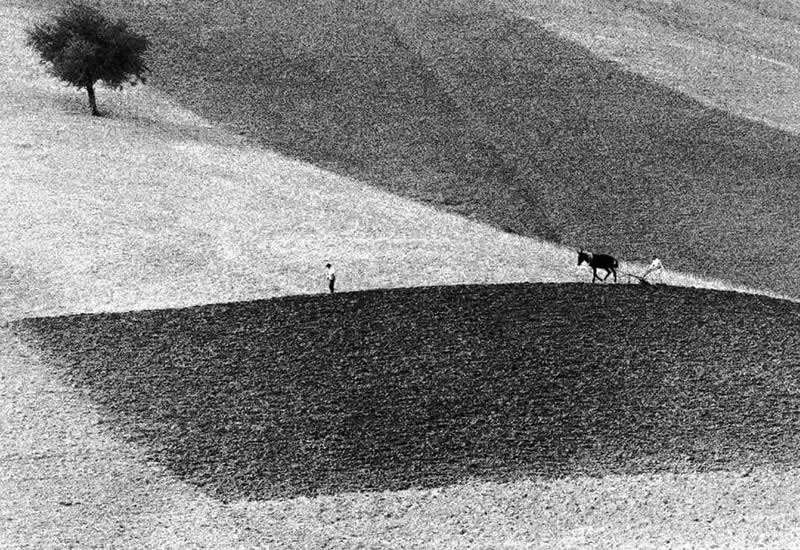
© Gianni Berengo Gardin
A Legacy That Inspires Generations
Gianni Berengo Gardin’s legacy is one of quiet excellence and unwavering purpose. He has published over 250 photobooks, exhibited in the world’s leading museums, and remained true to his vision across decades of changing photographic trends. Yet he has always described himself humbly—as a witness rather than an artist. His humility, paired with his extraordinary eye, makes him a mentor and inspiration to generations of photographers.
Through workshops, lectures, and interviews, he continues to share his philosophy: be present, be respectful, and observe with your heart as much as your eyes. In the age of selfies and digital saturation, his work reminds us that great photography requires patience, empathy, and a deep connection to the world around us.
#19
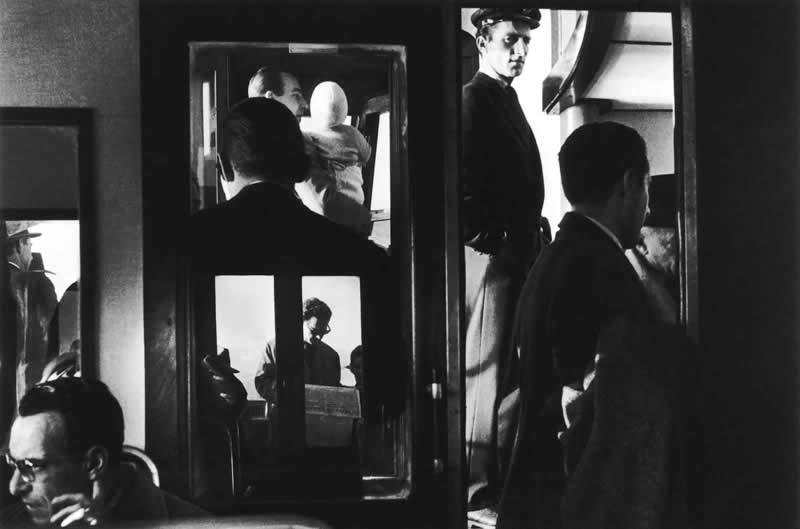
© Gianni Berengo Gardin
#20
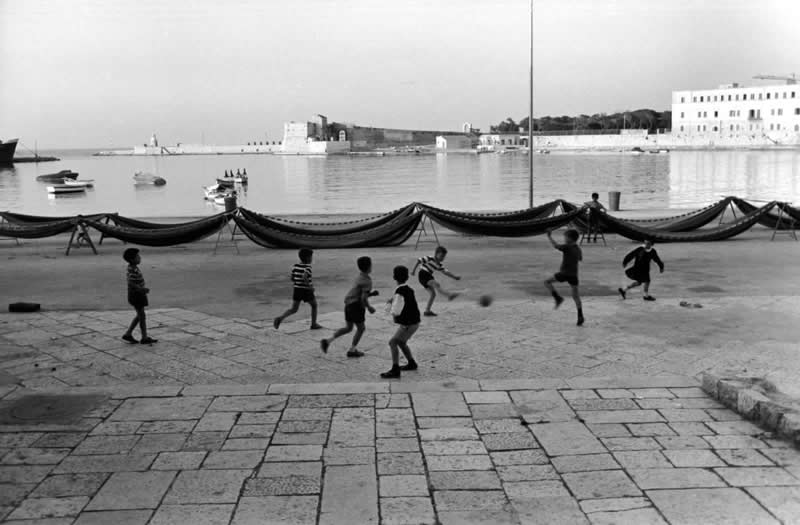
© Gianni Berengo Gardin
#21
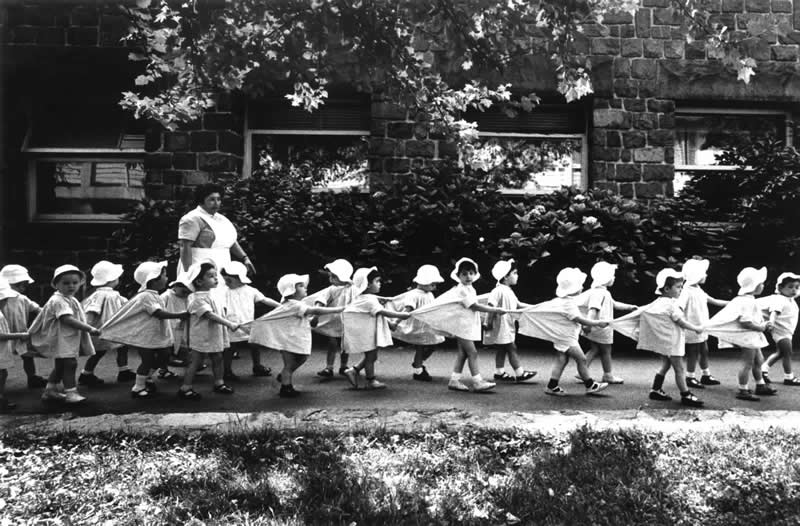
© Gianni Berengo Gardin
Conclusion: A Master of Honesty and Humanity
Gianni Berengo Gardin passed away on August 7, 2025, leaving behind a profound legacy that shaped the history of photography. For over six decades, he illuminated the unseen and elevated the everyday through the quiet power of black and white imagery. His photographs preserved the soul of Italy and spoke universally of human dignity, solitude, and connection. Berengo Gardin was not interested in spectacle; he sought truth. With empathy as his compass and light as his language, he transformed fleeting moments into enduring works of visual literature.
Though he described himself simply as a witness, he was undeniably a master—an artist, documentarian, and moral voice of his generation. As the photography world mourns his passing, his images will continue to inspire, educate, and remind us that the camera, when used with heart and integrity, can change how we see the world.
#22
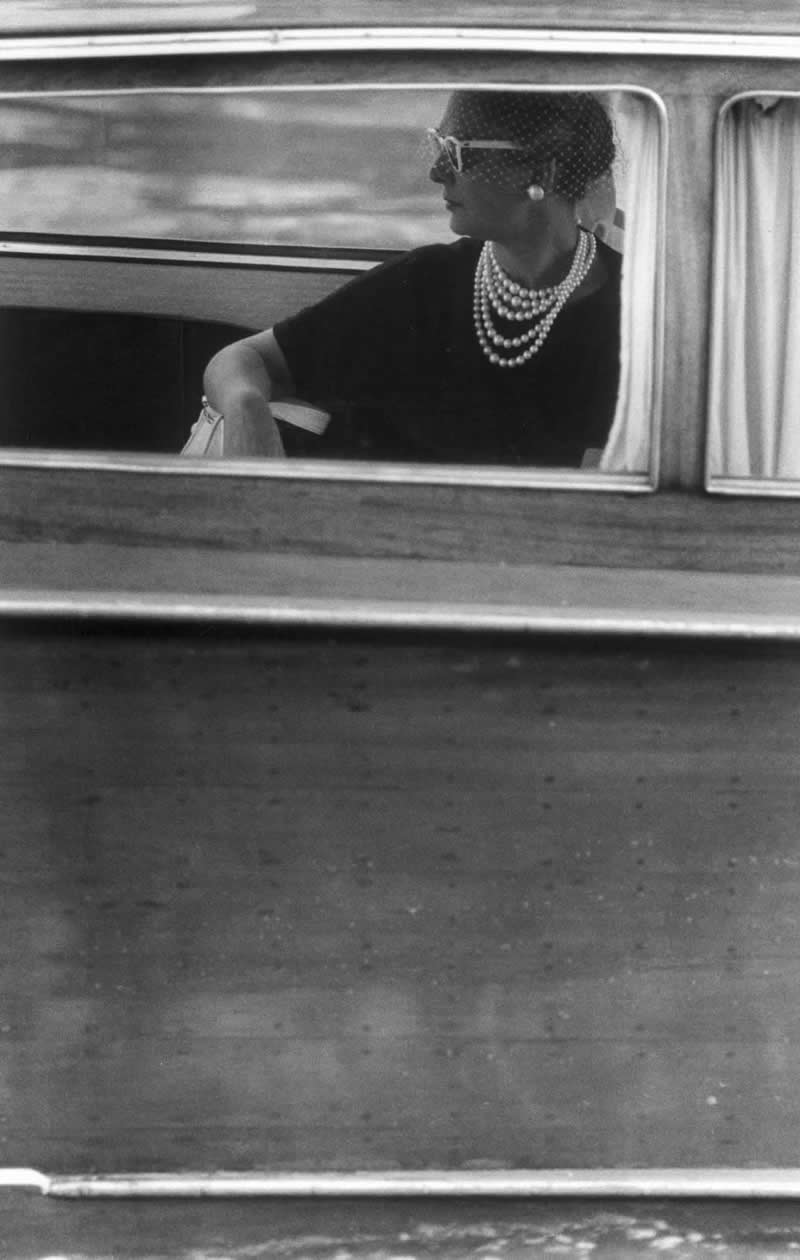
© Gianni Berengo Gardin



